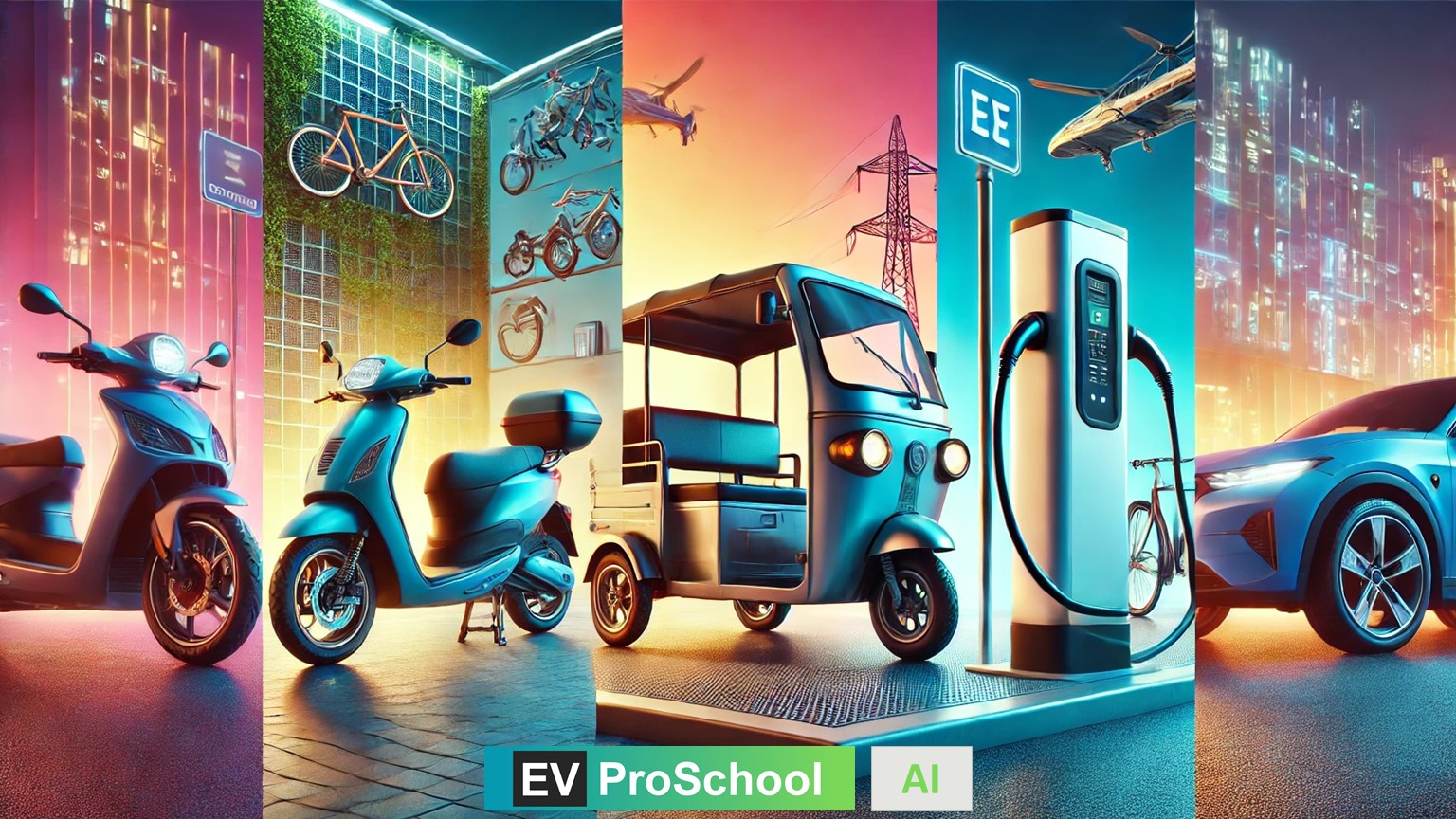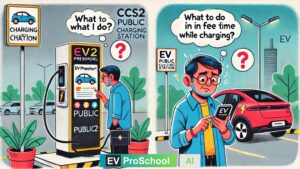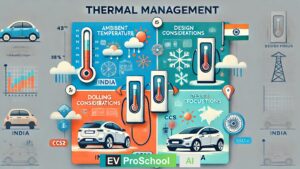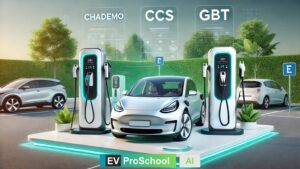Electric vehicles (EVs) are the future of transportation, but their efficiency and safety heavily depend on reliable charger communication systems. Whether it’s a 2-wheeler, a 3-wheeler, or a 4-wheeler, the charger and the vehicle must exchange data flawlessly to prevent hazards, ensure user safety, and prolong equipment lifespan. Let’s explore the 10 most critical safety protocols in EV charger communication and how they vary across different types of vehicles.
How Charger Communication Works
When you plug an EV into a charger, a handshake process begins. This involves the exchange of electrical and data signals between the charger and the vehicle. The communication ensures that the right amount of power is delivered without overloading the system or endangering the user.
10 Essential Safety Protocols
- Authentication
Ensures that the EV charger recognizes the vehicle as authorized to draw power. This prevents energy theft and unauthorized usage. For instance, public chargers often rely on user authentication via mobile apps. - Voltage Compatibility Check
Verifies whether the vehicle’s battery voltage matches the charger’s output before starting the charging process. This avoids equipment damage due to mismatched voltage levels. - Current Limiting Protocol
Limits the current flowing into the battery to prevent overheating or overcharging. This is especially critical for smaller batteries in 2-wheelers, which have lower current thresholds. - Ground Fault Detection
Protects against electrical shocks by ensuring that the system is properly grounded. It’s vital for user safety, especially in outdoor or wet environments. - Overtemperature Protection
Monitors the temperature of the battery and charger. If the system overheats, the charger automatically reduces the charging speed or stops entirely. - Communication Redundancy
Maintains a backup communication channel to ensure safety in case of signal interruptions. This is crucial for fast chargers used by 4-wheelers. - Isolation Monitoring
Ensures electrical isolation between the high-voltage components of the charger and the vehicle chassis to avoid leakage currents. - Dynamic Load Balancing
Adjusts charging power based on the electrical grid’s capacity. This prevents overloading local transformers and enhances grid stability, especially for larger 4-wheeler EVs. - Fault Code Communication
Sends error messages to both the vehicle and the charger if something goes wrong, ensuring timely intervention and repair. - Emergency Stop Mechanism
Allows users to manually or automatically halt the charging process in case of a malfunction or hazard.
2W, 3W & 4W Comparison
| Feature | 2-Wheelers | 3-Wheelers | 4-Wheelers |
|---|---|---|---|
| Battery Size | Small (1–4 kWh) | Medium (5–8 kWh) | Large (30–100+ kWh) |
| Voltage Levels | Low (48–72V) | Medium (48–96V) | High (300–800V) |
| Current Limiting | Critical due to small packs | Moderate | Highly sophisticated |
| Overtemperature Risk | Low (due to small size) | Moderate (extended use scenarios) | High (high-power fast charging) |
| Charger Complexity | Simple | Moderate | Advanced |
| Emergency Mechanisms | Basic | Basic to Moderate | Advanced (including remote stop) |
Key Insights:
- 2-Wheelers: The safety protocols focus on avoiding overcharging and voltage mismatches due to their smaller, simpler batteries.
- 3-Wheelers: Require intermediate safety measures to handle slightly larger batteries, commonly used in e-rickshaws.
- 4-Wheelers: Demand advanced protocols like dynamic load balancing and sophisticated fault detection due to high-power systems and complex charging environments.
What This Means for the EV Industry
As the EV market grows, adhering to these safety protocols will become even more critical. Manufacturers and charging infrastructure providers must collaborate to standardize these measures across vehicle categories, ensuring that every user—whether riding a 2-wheeler or driving a 4-wheeler—can charge safely.
Conclusion
Charger communication isn’t just about efficiency—it’s about safety. With the right protocols in place, we can protect users, preserve equipment, and build trust in EV technology. Whether you’re riding a nimble 2-wheeler or driving a powerful 4-wheeler, these safety measures ensure a seamless and secure charging experience



